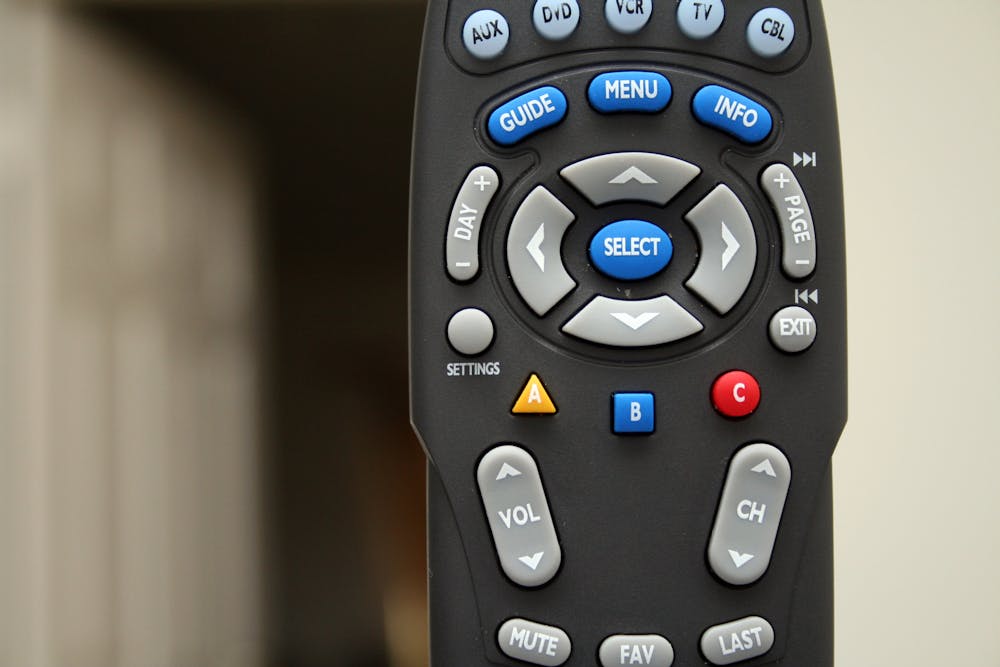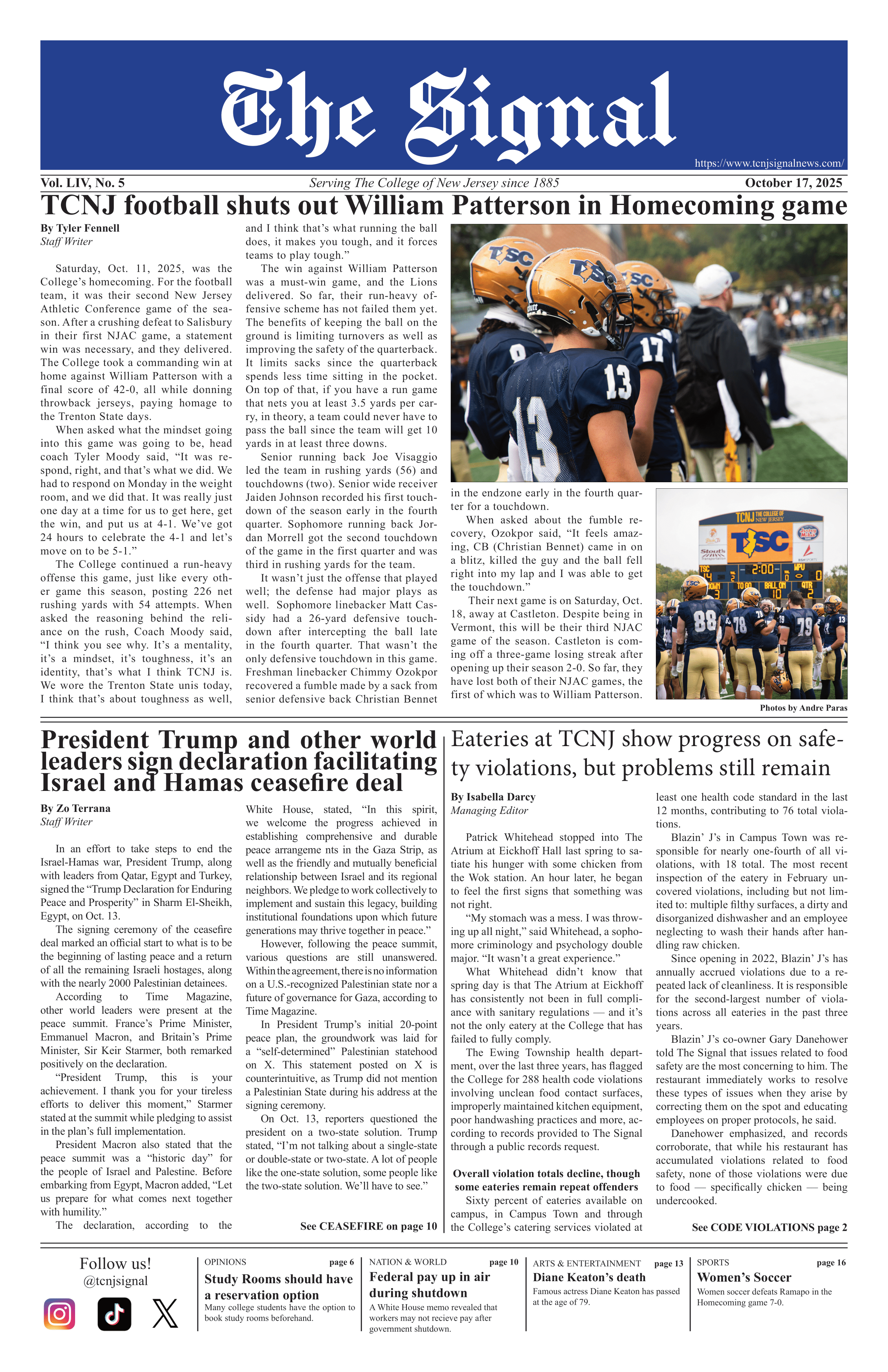By Tasnim Oyshi
Staff Writer
The development of streaming services has made watching shows more convenient than it has ever been. No longer do viewers have to rely on only their television screens for entertainment, be available at a specific time or sit through commercials (although this is changing with streaming platforms adding cheaper plans that include ads). One can simply pay a monthly subscription and they will be able to watch what they want, when they want.
Streaming services have become our main source of media consumption and that has allowed them to delve into the world of creating original content. Most of the popular series nowadays are shows created by Netflix, Disney+, Hulu and other platforms of this type. This year specifically has given us shows such as Netflix’s “Adolescence,” Apple TV’s “The Studio” and HBO Max’s “It: Welcome to Derry.”
Typically, if a new show were to start its run on TV, audiences would be able to see new episodes weekly. Streaming platforms don’t have to play by those rules. They can release all the episodes of a season all at the same time or choose to unveil the plot through the old formula of weekly releases.
For those who enjoy binge-watching shows, they might prefer for platforms to unveil the entirety of a season on the same day. But some find excitement in viewing an episode’s cliffhanger and waiting a week for the reveal. Of course, audiences also have the option to stand by until all episodes are out and binge then. These two methods of viewing a series have become the norm.
Recently, however, streaming companies have begun to explore a new way of releasing seasons of their original shows. This is to split a season into two parts and have each half released on two separate days, generally with a month or longer break in the middle. Most notorious for doing this recently has been Netflix’s “Bridgerton,” which employed this technique with the airing of the third season. Part one was released on May 16, 2024, while part two was available on June 13, 2024.
Since last year, this has become much more prominent with various upcoming series making the decision to have two releases. The fourth season of “Bridgerton” will continue to follow this structure, with the first half being out on Jan. 29 of next year and the second half premiering on Feb. 26. The last season of another famous Netflix production, “Stranger Things,” will also be doing this: Volume one will be released on Nov. 26, volume two on Christmas and the finale on New Year’s Eve.
Companies will typically do this in order to create anticipation within viewers after the first part. Audiences are then expected to carry over enthusiasm into the next month when the second part is dropped. It essentially serves as a way for streaming platforms to keep people talking about their shows.
This does come with criticism, however. On the comment sections of both of the new “Stranger Things” and “Bridgerton” trailers, there are people complaining about the two-part release schedules. Only being able to watch half of a show within one day and having to wait a month for the second half can be incredibly frustrating for fans. Within a month, they might end up forgetting key details about the first part and that long of a break creates more pressure for the second half to be good in order to satisfy the watchers.
If streaming platforms want to create and hold onto buzz around their show, they can simply release an episode per week. A great example of this would be Amazon Prime Video’s “The Summer I Turned Pretty.” The series followed the typical standard of weekly releases and that allowed it to have online hype in a much better way than two-part releases tend to. People didn’t just talk about the series for only a few days out of a month.
I have never watched the show but after the airing of each episode, I would find my social media bombarded with clips, memes, and conversations between fans online about the latest events in the series. The season had 11 episodes and that means that people were consistently talking about the show for 11 weeks. That’s a much longer timespan of viewers creating buzz than what two-part seasons end up generating.
There are not enough benefits to two-part releases in comparison to weekly releases. Airing an episode a week allows people to build community by having discourse for a longer period, but it is not so long that people will stop caring or forget details. This ends up being a much more fun experience for the audience. Ultimately, it is best for streaming platforms to stick to weekly releases.







